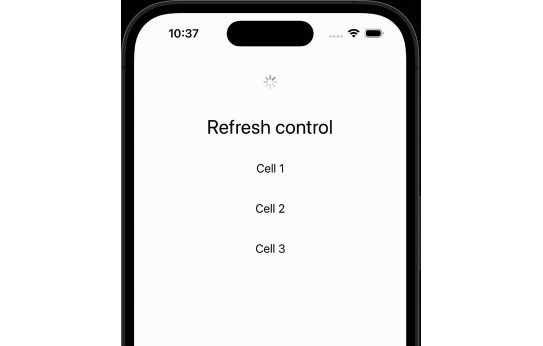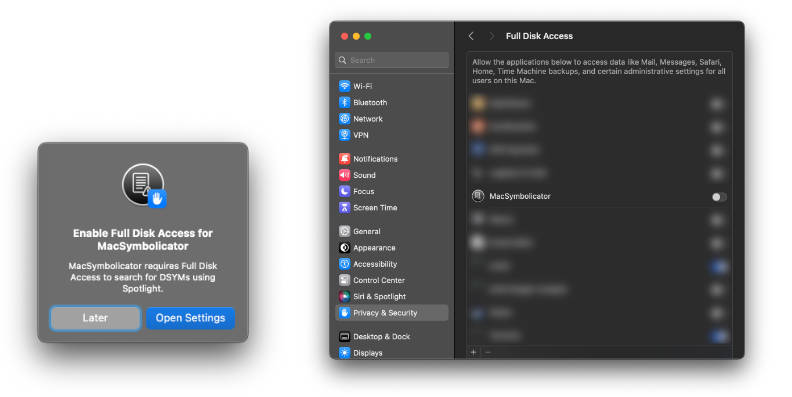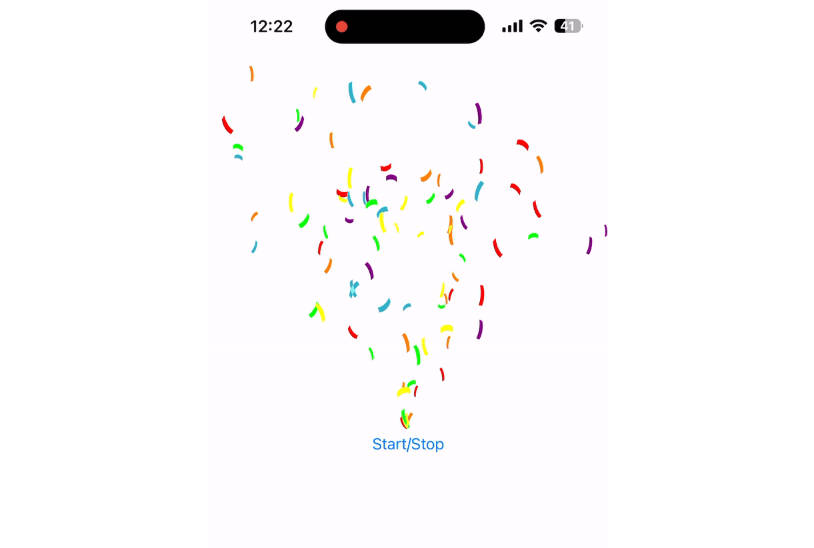Swift Macro Examples
There is an active effort to introduce macros into the Swift programming language. This repository includes some example macros that can be used to explore the macro proposals and experiment with the current implementation of the feature.
Getting started
Macros are an experimental feature, so you will need a custom Swift toolchain and some extra compiler flags. The Xcode project in this repository is a good starting point. To use it:
- Download a new-enough Swift toolchain. At the time of this writing, the snapshots on Swift.org aren’t new enough, so please use this macOS toolchain. Once downloaded, run
cd ~ && tar zxvf ~/Downloads/swift-PR-62537-448-osx.tar.gzto install the toolchain. - Open the project
MacroExamples.xcodeprojin Xcode. - Go to the Xcode -> Toolchains menu and select this toolchain (
Swift PR 62494 (445)). - Make sure the
MacroExamplesscheme is selected, then build and run!
The output of the MacroExamples program is pretty simple: it shows the result of running the example macro(s).
Adding your own macro
This examples package is meant to grow to include additional macros that have interesting behavior. To add a macro requires both declaring the macro and also implementing the macro, which happen in separate targets:
-
Implementation: a macro is defined in the
MacroExamplesPlugintarget, by creating a newpublic structtype that implements one of the macro protocols. Thestringifymacro implements theExpressionMacroprotocol, e.g.,public struct StringifyMacro: ExpressionMacro { ... }
To test a macro implementation, introduce new tests into the
MacroExamplesPluginTesttarget. These tests start with source code (like#stringify(x + y)) and will run the macro implementation to produce new source code. The translation can make use of the swift-syntax package, a copy of which is included in the toolchain. We recommend implementing and testing your macro this way first so you know it does the source translation you want. -
Declaration: a macro is declared in the
MacroExamplesLibtarget, using themacrointroducer. For example, the simplestringifymacro is declared like this:public macro stringify<T>(_ value: T) -> (T, String) = MacroExamplesPlugin.StringifyMacro
The name after
macrois the name to be used in source code, whereas the name after the=is the module and type name for your macro implementation. If you haven’t implemented that type, or get the name wrong, you will get a compiler warning.
Once you have both a declaration and an implementation, it’s time to use your macro! Go back to MacroExamples and write some code there to exercise your macro however you want.
Macros proposals
The introduction of macros into Swift will involve a number of different proposals. Here
- Expression macros: Introduces the ability to add macros that transform expressions into other expressions.




